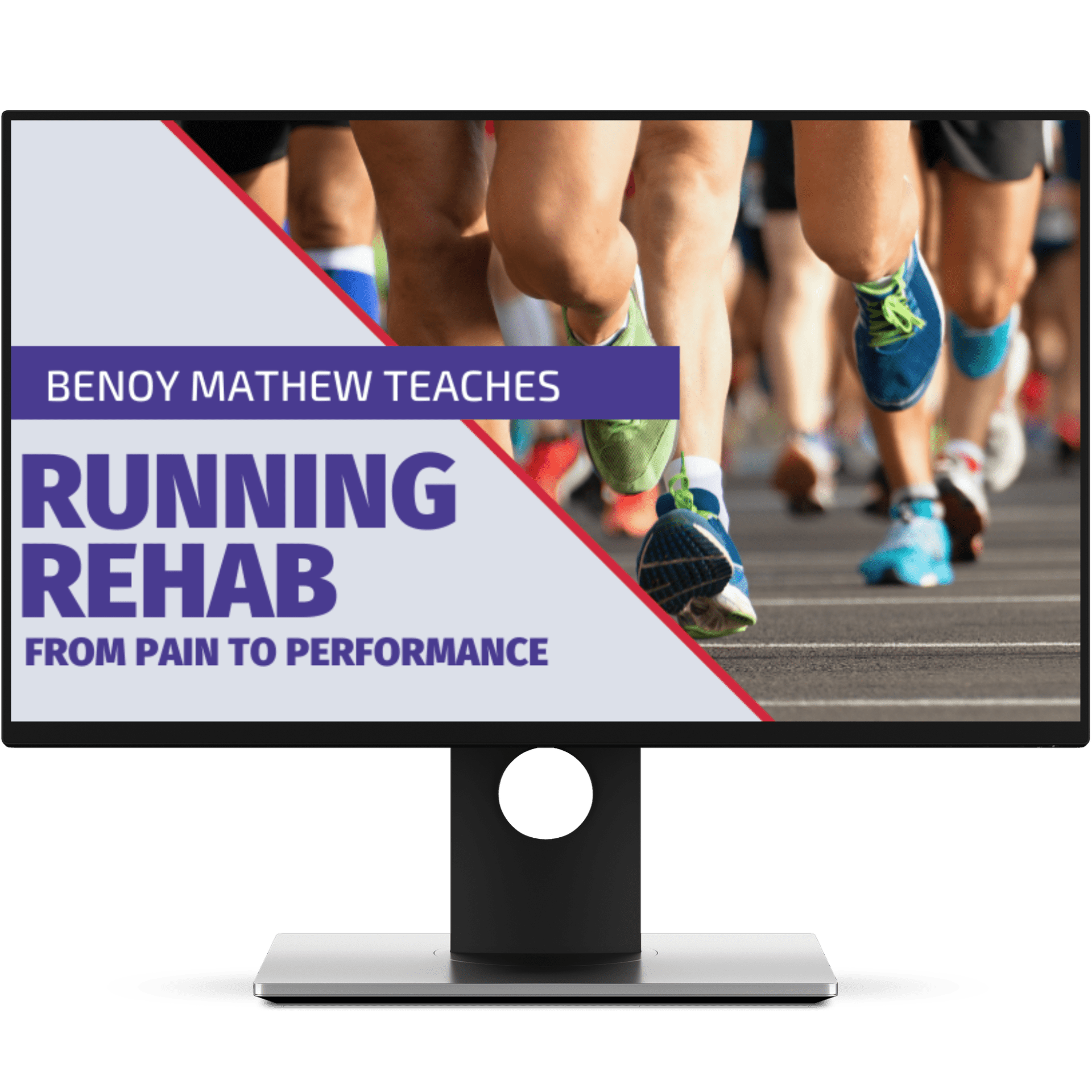Bananas or Barbells – How to Prevent Cramps During Running
Bananas Or Barbells - How to prevent Cramps during Running will show you what the current evidence says about cramp prevention during running

Introduction
Exercise Associated Muscle Cramps (EAMC) is one of the most common conditions that require medical attention during or immediately after sports events. EAMC is particularly common in endurance events such as marathons and the etiology is poorly understood. Studies have reported an EAMC prevalence of 18% during a road marathon and 41% during a 56-km ultramarathon. It’s a key reason why inexperienced runners fail to finish their marathon.
Presentation and Proposed Aetiology
EAMC have a typical clinical presentation resulting from intense and prolonged physical exercise, and they usually occur in muscles subjected to high contractile demand during exercise exertion. The first and most popular hypothesis about the etiology of EAMC was the dehydration and electrolyte depletion theory, in fact, most runners still believe that sodium intake during endurance exercise prevents the occurrence of muscle cramps. It’s based on the traditional view of exercise-associated muscle cramps, which attributes them to dehydration and the loss of electrolytes like sodium and potassium (which bananas contain in abundance) from prolonged sweating. A survey of 344 endurance athletes found that 75% believe that taking extra sodium can help to prevent muscle cramps (McCubbin et al, 2019).
So, Is it True that Muscle Cramps are due to electrolyte imbalance?
A recent study by Martinez-Navarro et al (2020) compared dehydration variables, serum electrolytes, and muscle damage serum markers between runners who suffered EAMC and runners who did not suffer EAMC in a road marathon.
98 marathoners took part in the study. Before and after the race, blood and urine samples were collected and body mass was measured. In the study, 88 runners finished the marathon, and 20 of them developed EAMC (24%) during or immediately after the race. Body mass change, post-race urine specific gravity, and serum sodium and potassium concentrations were not different between crampers and non-crampers.
Body mass change, post-race urine specific gravity, and serum sodium and potassium concentrations were not different between crampers and non-crampers.
Conversely, runners who suffered EAMC exhibited significantly greater post-race creatine kinase and lactate dehydrogenase (LDH). The difference in the percentage of runners who included strength conditioning in their race training approached statistical significance.

Therefore, runners who suffered EAMC did not exhibit a greater degree of dehydration and electrolyte depletion after the marathon but displayed significantly higher concentrations of muscle damage biomarkers. Further, 48 % of the non-crampers reported regular lower limb resistance training compared with 25 percent of the crampers.
Key Take-away from this Study
48 % of the non-crampers reported regular lower limb resistance training compared to 25 % of the crampers
Contrary to popular belief, runners who suffer EAMC do not exhibit a greater degree of dehydration and electrolyte depletion after endurance events like a marathon but display significantly higher concentrations of muscle damage biomarkers. It seems that cramps occur in muscles that are fatigued to the point of damage and it might be a protective strategy by the body to prevent further muscle damage. Further, regular lower limb strength training might be protective in reducing the incidence of EAMC.
Running Rehab: From Pain to Performance
Improve Performance, Reduce Injury Risk and Optimise running economy!

So, rather than eating a lot of bananas before an event, regular strength training might be a better strategy for reducing the incidence of cramps in long-distance runners.
This blog article is taken from our Running Rehab – From Pain to Performance Online Course. To learn more about the management of runners with injuries, including initial rehab, load management, strength training, and running re-training, check our comprehensive online Running Rehab Course with access to all information related to the rehab of running injuries.
Thanks a lot for reading!
Cheers,
Benoy
References

Benoy Mathew
Lower Limb Specialist &
Creator of Online Course “Running Rehab”
NEW BLOG ARTICLES IN YOUR INBOX
Subscribe now and receive a notification once the latest blog article is published.







